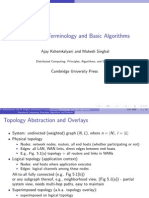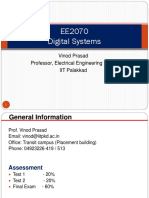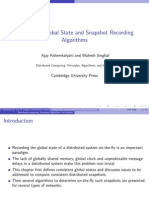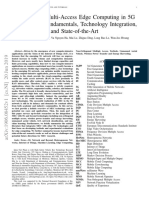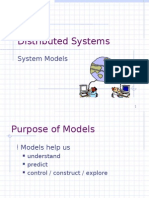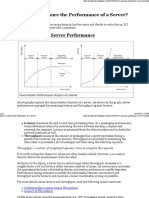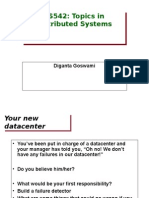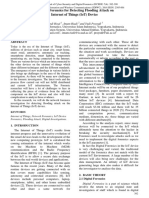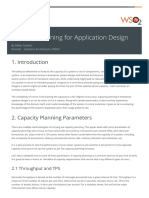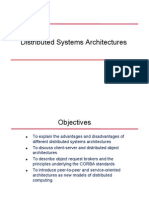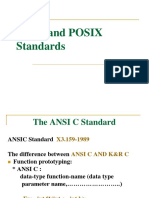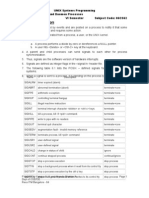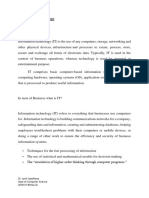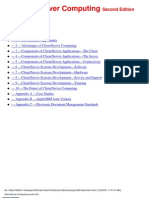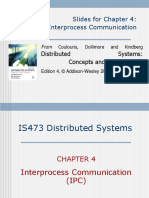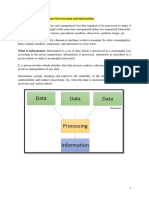100% found this document useful (1 vote)
167 views14 pagesDistributed Systems Overview
This document discusses different architectures for distributed systems. It begins by defining the objectives and explaining that virtually all large computer systems are now distributed. It then describes the characteristics of distributed systems, including resource sharing, openness, concurrency, scalability, and fault tolerance. The document outlines client-server and distributed object architectures as the main models, and notes some advantages and disadvantages of distributed systems.
Uploaded by
Rahul SinhaCopyright
© Attribution Non-Commercial (BY-NC)
We take content rights seriously. If you suspect this is your content, claim it here.
Available Formats
Download as PPTX, PDF, TXT or read online on Scribd
100% found this document useful (1 vote)
167 views14 pagesDistributed Systems Overview
This document discusses different architectures for distributed systems. It begins by defining the objectives and explaining that virtually all large computer systems are now distributed. It then describes the characteristics of distributed systems, including resource sharing, openness, concurrency, scalability, and fault tolerance. The document outlines client-server and distributed object architectures as the main models, and notes some advantages and disadvantages of distributed systems.
Uploaded by
Rahul SinhaCopyright
© Attribution Non-Commercial (BY-NC)
We take content rights seriously. If you suspect this is your content, claim it here.
Available Formats
Download as PPTX, PDF, TXT or read online on Scribd
/ 14









